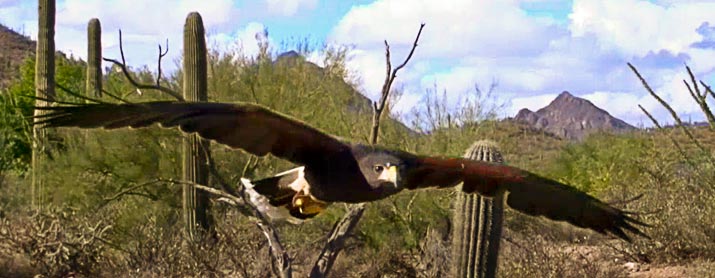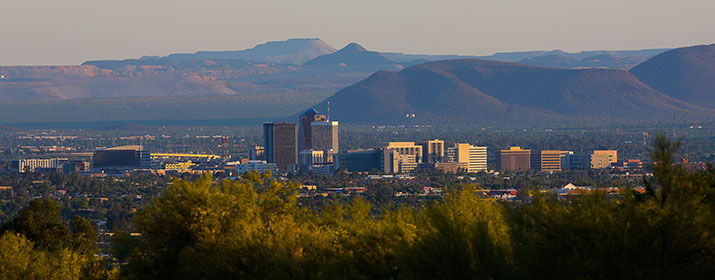
Collaborative research by TEP and the University of Arizona has shown that safeguarding electrical equipment can greatly reduce injury and electrocutions to raptors – particularly Harris’ Hawks and Great Horned Owls.
For more than 15 years, we’ve worked with wildlife experts to protect birds and other animals from electrical hazards.
Animals are creative and inconsistent in how they interact with electrical facilities, so keeping them safe requires continuous effort and innovation.
Raptors, or birds of prey, favor utility poles for perching, hunting and socializing. Their large wingspans make them more susceptible to electrical hazards. In Southern Arizona, this includes Harris’ Hawks, Great Horned Owls and Red-tailed Hawks. Nesting season, typically February to June, is the most active time of year.
Rubber protection materials are installed on electrical equipment within 300 meters of known raptor nest sites and 100 meters from electrical contact incidents. In 2002, bird protection became a standard feature on all new construction in TEP’s service territory. UA research shows the program is making a difference, but we need your help to keep raptors and other animals safe.
Three Ways You Can Help:
- Don’t Feed Wildlife
Providing food or water near electrical equipment can attract animals to danger and promote unnatural behavior that can lead to other unintended consequences. - Report Active Raptor Nest Sites
You can report nest sites and injured or dead animals by:- Emailing Customer Care
- Calling Customer Care at 520-623-7711
- Calling Arizona Game and Fish at 520-628-5376, Ext. 4446
- Volunteer with Wildlife Nonprofits
Donating your time and resources to area nonprofits engaged in wildlife protection and conservation education goes a long way in helping our community. Options include:






